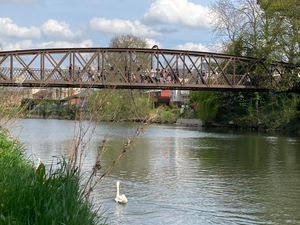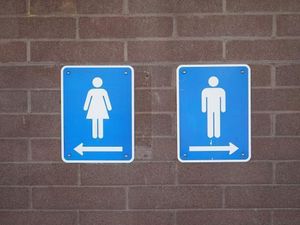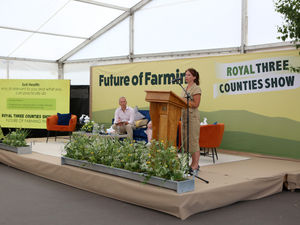Blog: Why I'm hoarding the 'proper' lightbulbs
The eco-friendly bright sparks at the European Union have had another "lightbulb moment", notes Carl Jones.

They've made it illegal, from today, to import or manufacture the old style of incandescent 60-watt bulbs which have lit the majority of Shropshire homes for generations.
They did the same with 100-watt bulbs a couple of years ago, as part of a plan to make us switch to the so-called compact fluorescent lamps (CFL) alternatives which use less power, reducing damage to the ozone layer.
Which is all well and good, in theory . . . but it's not that simple, is it?
First and foremost, whatever the experts say, these new replacement bulbs aren't as bright. They cost more money to buy - typically £3 to £4 instead of 30p to 40p - take up to a minute to warm up, and look ugly.
Some are simply too bulky, making them impossible to use in many traditional light fittings, even if you wanted to.
These new bulbs are supposed to last for up to 10 years, saving money on household finances, but it's no guarantee. A couple of mine blew up before they were two years old.
So, at risk of outraging the tree huggers, I'm planning to stockpile as many of the old-style incandescent 60-watt bulbs as I can, before the backlog disappears.
A certain well-known internet auction site was this morning offering a pack of 32 60-watt Philips bulbs for £11.99, with free next-day delivery. That's 37p per bulb, deposited on the doorstep.
Many shops - including all the major supermarkets and DIY stores such as B&Q, Homebase and Wickes - stopped selling different wattages of incandescent bulbs long ago.
And consumer rights organisation Which? points out that, quite rightly, that like the conventional bulbs, CFL products come in a rapidly growing range of shapes and sizes.
Its scientists have performed stringent tests, saying: "We've found big variations in performance between energy-saving light bulbs." For more details, log onto www.which.co.uk
Don't be the least bit surprised if the price of the new CFL bulbs now starts to rise sharply, as the manufacturers no longer have to convince us to make the switch with the aid of special introductory offers.
Not only that, but the costs of elements used in their manufacture, such as phosphors, which largely come from China, are rocketing.
It should be pointed out that, although it is now illegal to make or import the old-style bulbs, Shropshire families will not be breaking any laws by simply buying them.
Electrical retailers are free to continue selling existing stocks of the household staple, whose technology remains essentially unchanged since it was developed in the 1870s.
James Shortridge, managing director of specialist lighting chain Ryness, says older people in particular are reluctant to make the switch.
"It's a generational thing. You have a generation of customers who do not change and like the incandescent with its yellow light."
The UK's Energy Savings Trust, however, is not buying that argument. It disputes that there is any significant basis for criticism of the CFL bulb, which uses 80 per cent less electricity than a standard bulb but reportedly produces the same amount of light.
The trust has estimated that phasing out the old bulbs in UK homes could save consumers £1 billion a year. Does that take into account the optician's fees I'm worried about racking up as I strain my eyes trying to read my Shropshire Star in a dimly-lit front room?
By Carl Jones





